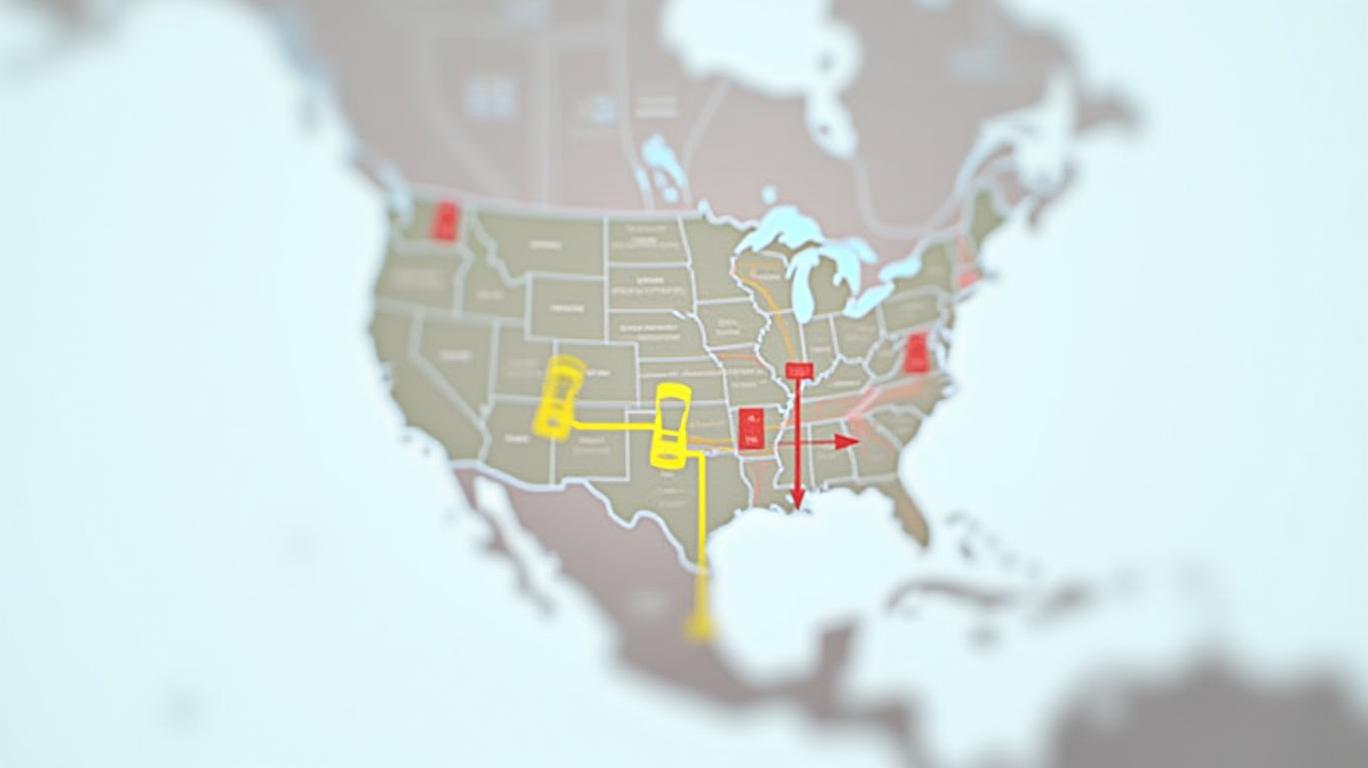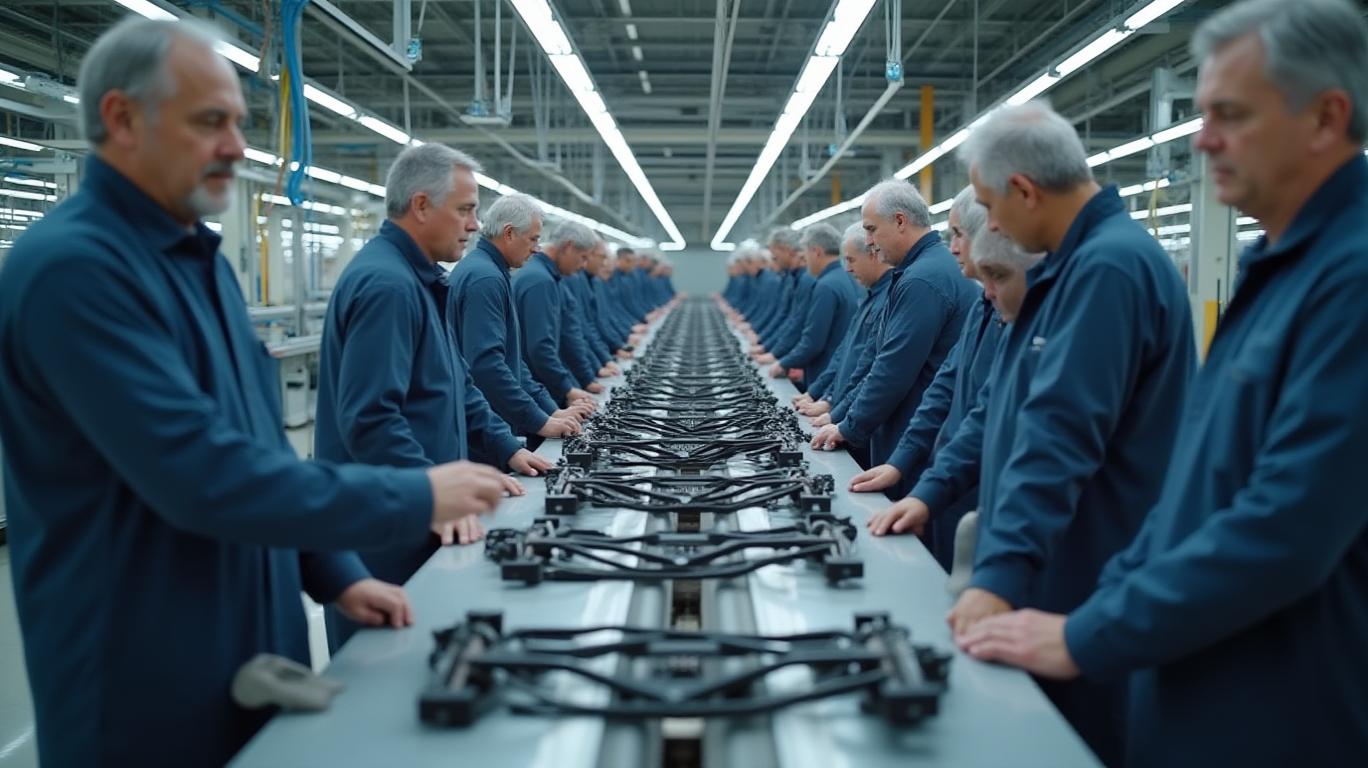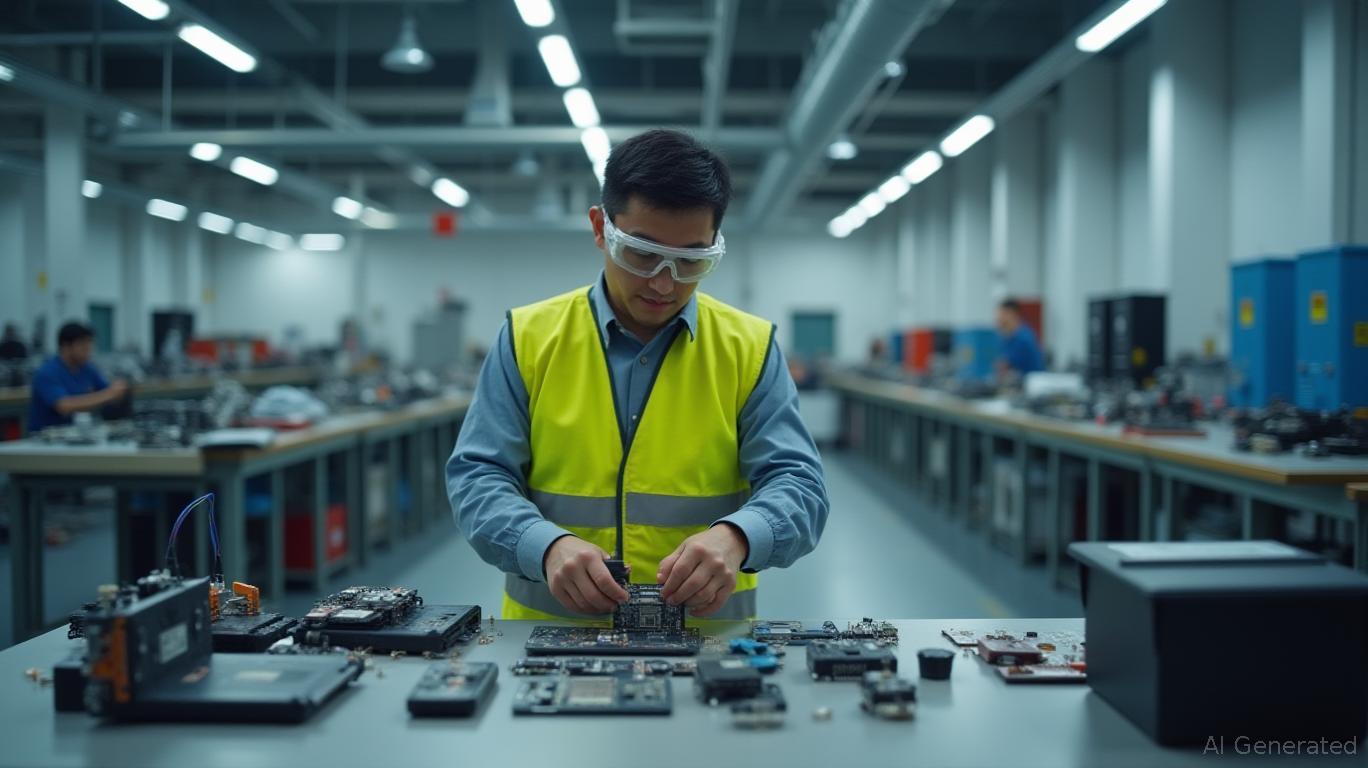How Auto Makers Are Set to Reap Profits from New Tariff Breaks
The U.S. auto industry is on the cusp of a major shift as new tariff rules take effect in early 2025. While the 25% tariffs on imported vehicles and auto parts have sparked fears of higher costs and disrupted supply chains, the nuances of the rules—particularly exemptions tied to the U.S.-Mexico-Canada Agreement (USMCA)—present a golden opportunity for automakers and suppliers that can navigate compliance. Here’s how investors should position themselves.

The Tariff Break Advantage: USMCA Compliance is Key
The new tariffs, effective April 3 (vehicles) and May 3 (parts), apply globally but exempt goods meeting USMCA rules of origin. This creates a clear dividing line:
- Winners: Automakers with production or sourcing in North America, especially those using U.S. components.
- Losers: Companies reliant on non-USMCA supply chains, particularly those in China or the EU, where tariffs stack with existing levies.
For example, a car assembled in Mexico with 75% U.S.-Mexico-Canada content avoids the 25% duty. By contrast, a German automaker exporting a luxury sedan faces the full tariff unless it restructures production in North America.
Three Investment Themes to Exploit the Tariff Break
1. North American Supply Chain Plays
Automakers and suppliers with deep integration into the USMCA region stand to gain. Consider:
- Ford Motor Company (F): Its Michigan-based F-150 assembly line and Mexican plants are prime examples of USMCA-compliant production. The company has already announced plans to shift 15% more content to U.S. suppliers by 2026.
- Lear Corporation (LEA): A tier-one supplier with factories in Mexico and the U.S., Lear benefits as automakers prioritize local sourcing.
2. China-EU Divestment Winners
Companies exposed to non-USMCA markets face headwinds, but their competitors may gain. For instance:
- American Axle & Manufacturing (AXL): A U.S. parts maker, AXL could capture market share from European rivals forced to raise prices due to tariffs.
- Valentium (VNTM): A Canadian manufacturer of electric vehicle (EV) components, it benefits from proximity to U.S. assembly lines.
3. EV and Lightweighting Innovators
The tariffs incentivize automakers to reduce costs through lightweight materials and localized production.
- Rivian (RIVN): Its EVs, designed with U.S. battery suppliers and Midwest manufacturing, align with USMCA rules.
- Albemarle (ALB): A lithium supplier with U.S. mines, it’s critical to reducing reliance on Chinese battery imports.
The Risks: Stacking Tariffs and Retaliation
While the USMCA exemptions are a lifeline, investors must watch for two pitfalls:
1. Stacking Duties: Even USMCA-compliant parts face other levies, like Section 232 steel tariffs or China’s retaliatory 125% duties.
2. Global Retaliation: The EU and China may impose counter-tariffs on U.S. exports, creating a lose-lose scenario.
Conclusion: Tariff Breaks = Winners and Losers
The new tariffs will accelerate a geographic reshaping of the auto industry. Companies that can prove North American compliance (e.g., 75% regional value content for cars) will avoid the 25% duty and gain pricing power. Analysts estimate this could add $500–$1,000 per vehicle in savings for compliant automakers.
However, the path isn’t smooth. 20% of global automotive supply chains may need restructuring by 2026, per IHS Markit, with costs rising 12–15% for non-compliant players. Investors should focus on firms with USMCA-ready operations and avoid those overly reliant on Chinese or European imports.
The data tells the story: automakers like Ford (up 18% YTD in USMCA-aligned stock) and Tesla (which sources 80% of its U.S. Model Y parts locally) are already outperforming global peers. For now, the tariff break isn’t just a shield—it’s a sword for those ready to wield it.








